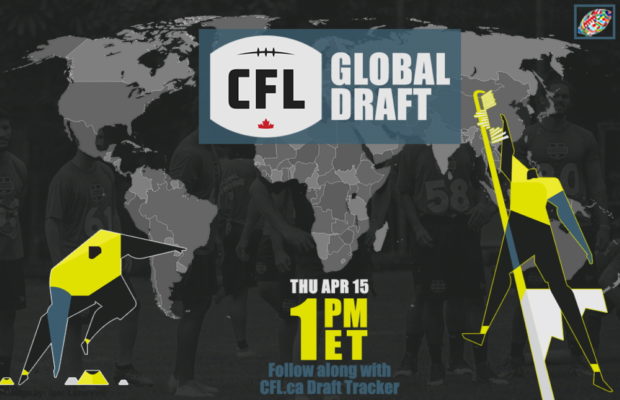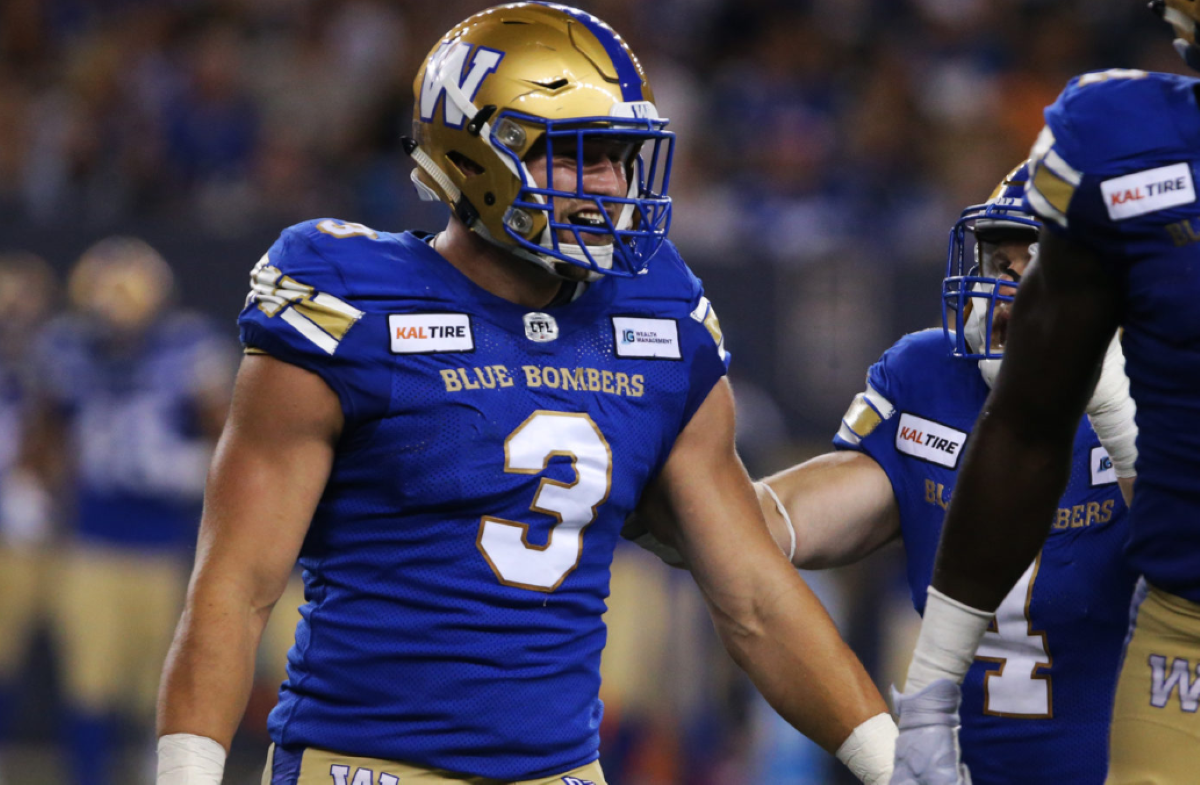American Football International’s 2021 CFL Global Draft Primer

It may just be a normal Thursday for most but by the time the sun goes down in Europe today, 36 lucky individuals from across the globe will have achieved their professional football dreams.
The 2021 CFL Global Draft will begin at 1 PM EST (7 PM Central European Time) and each of the nine Canadian teams will select four players from outside the US and Canada. Though separate European and Mexican drafts were held in 2019, a combined Global Draft with a total prospect pool of almost 300 players is completely unprecedented.
I shared my own list of some of the top players at each position yesterday, but the Global Draft promises to be extremely unpredictable with a number of variables at play. To get you ready for the first ever international pick fest, here is a primer on everything you need to know.
What is the Global program?
The CFL’s Global program, known colloquially as CFL 2.0, launched in 2019 as an effort to expose the Canadian Football League to international audiences. The league partnered with a multitude of national federations and leagues, placing one player from an affiliate nation on each teams active roster.
The results were mixed. The pool of talent was small and many Global players did not see the field at all. A couple, like Frenchmen Valentin Gnahoua and Maxime Rouyer, became meaningful contributors on special teams, but German Thiadric Hansen set himself apart as a member of Winnipeg’s defensive rotation. His highlight reel hit in the Bombers’ Grey Cup victory introduced many to the initiative.
This year, the program is massively expanded in terms of its scope. A full slate of Global combines ahead of the cancelled 2020 season explored the depth of international talent beyond the handful provided by federations in 2019 and many top players have played in the NCAA.
Whenever the 2021 season begins (a delay is currently speculated), each team will be obligated to carry two Global players on their active roster, with up to three spots on the practice roster for development. Global players on the active roster will sign two year entry level contracts with an additional team option year, worth a maximum of $54,000 CAD annually.
Though Globals are have designated roster spots, they must beat out an American at their position to earn a starting role, as the CFL’s national ratio protects the number of Canadian born starters.
Who is eligible?
Eighty-nine players were selected to submit testing for the CFL’s Virtual Combine this year and they generally represent the best available players, though there are almost 200 additional players eligible for selection drawn from the Global combines, the NFL’s International Player Pathway Program, and North American colleges.
These are players who are not American or Canadian citizens, who have not lived in Canada for more than 5 years prior to 18 years of age, and who do not qualify for National status (Canadian citizenship) in any other way.
Who picks first?
The order for the four round draft was randomly selected, with the B.C. Lions holding the first overall pick. The draft will follow a snake format, meaning the draft order inverses each round with the team picking first in round one picking last in round two and vice versa.
The first round draft order is as follows:
- B.C. Lions
- Edmonton Football Team
- Toronto Argonauts
- Winnipeg Blue Bombers
- Saskatchewan Roughriders
- Montreal Alouettes
- Calgary Stampeders
- Hamilton Tiger-Cats
- Ottawa Redblacks
What are teams looking for?
The whole Global program exists in the hopes that the CFL can develop a legitimate foreign born star but it will be difficult for Global players to crack the starting lineup over Americans, at least initially. Teams will want players who can contribute right away and that means one thing: special teams.
Talent-wise, the best position group available is kickers and punters. Led by a crop of Aussie punters, this group has big legs, NCAA pedigree and several players with previous pro experience. As the set Global salary is lower than the regular minimum, teams can save money by employing a Global kicker next season and some have set the over-under on kickers taken at ten, with each team likely to select one.
However, because of the breadth of talent at the position, it doesn’t make much sense value wise to select one highly if you can get a similar player with your third or fourth selection. Instead, top defensive players who can cover kicks should be featured heavily at the top of the draft and a linebacker or defensive lineman is the likeliest bet to be drafted first.
Because special teams is so paramount, the draft is unlikely to follow an order of who is the best actual football player. There are tremendous players available at both receiver and offensive line but how they are valued will be interesting. Neither position is ideal to contribute on special teams so any player drafted highly in those position groups will be getting a stamp of approval from that team saying they have starter potential.
Finally, player age will be an interesting x-factor to consider. Ideally the CFL wants rookies to be 26 or younger and some teams set hard limits at 29 when it comes to bringing in Americans. Several top Global prospects have reached or surpassed that threshold which limits their developmental potential and whether teams will overlook that in favour of immediate impact remains unknown.
Drafting for the future?
Eligible for the draft are a handful of players currently under NFL contract or eligible for the NFL Draft, as well as all 11 players in this year’s NFL Pathway Program. The availability of these players to the CFL will not be known for several weeks, in some cases months, after the draft and most are unlikely to be selected, although they could be signed as undrafted free agents after they become available.
However, a team could theoretically select a player to obtain their rights if they become available in the future. It is a common practice in the CFL National Draft, known as a futures pick.
A team like Winnipeg, secure in the fact that Thiadric Hansen can be one of their two Globals, could draft a player like Taku Lee in the fourth round, securing his rights should the NFL not select him for a practice roster spot. This could also work for Stanford defensive tackle Thomas Schaffer should he fail to make an NFL roster or even current Chicago Bears offensive lineman Dieter Eiselen if a team feels he’s on the bubble, just as an example.
That interesting prospect adds another level of intrigue to an already chaotic draft process and should keep people glued to their computer screens until the end.

